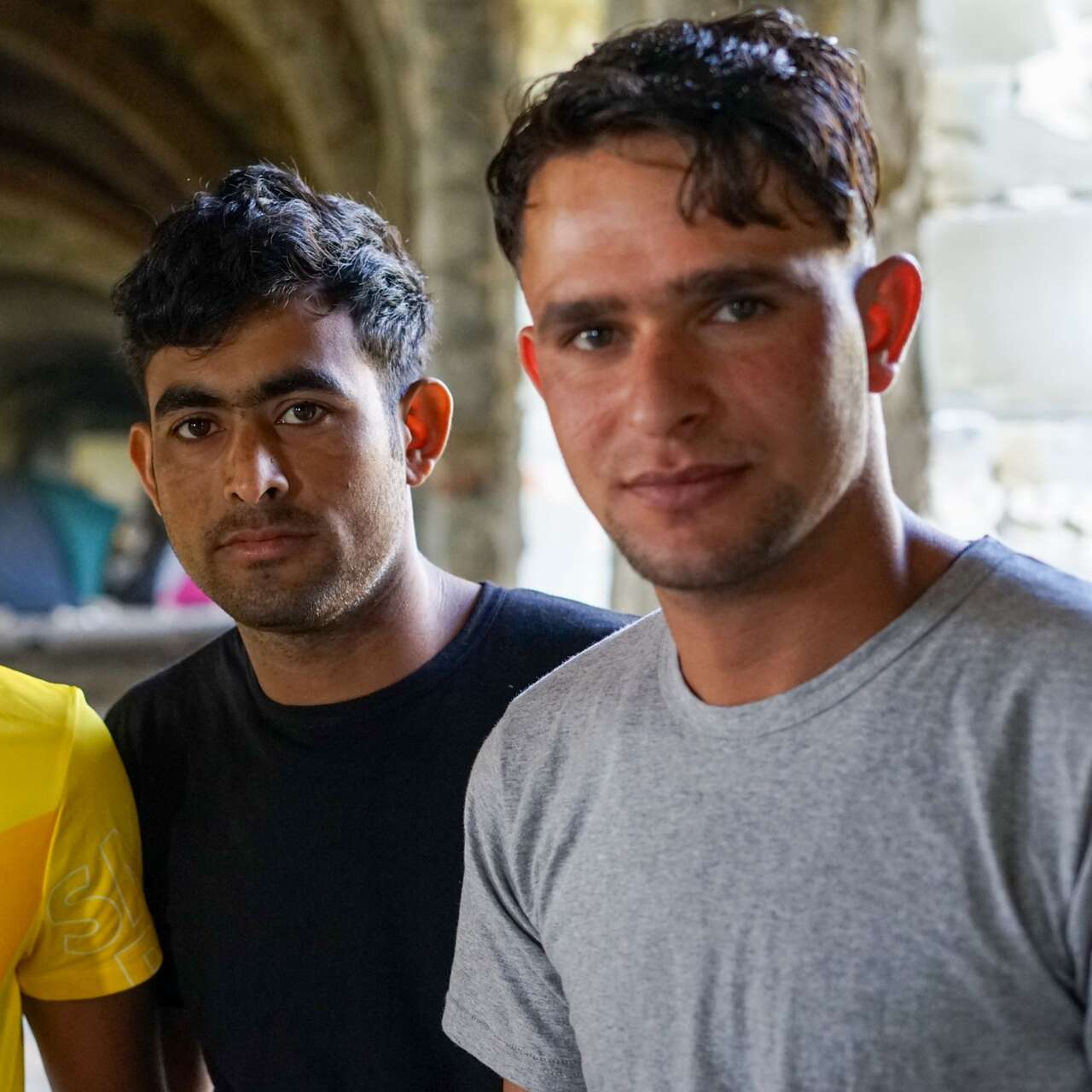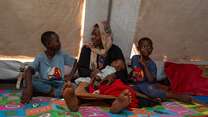With humanitarian needs escalating across the world and conflicts becoming increasingly protracted, the number of people forced from their homes has dramatically increased. An effective EU response must include better solutions, closer to home. The myth that restrictive border policies can deter people from seeking asylum needs to be busted, and the chaotic humanitarian crisis at Europe’s borders more effectively addressed.
The EU's response to forced displacement from Ukraine demonstrates the capacity to manage large-scale displacement situations in the spirit of solidarity. It demonstrates that Europe can offer safe routes, freedom of movement, and a mechanism for refugees to access protection, legal advice, and other essential services like education, healthcare, and access to labour markets. This must be the norm, not the exception. With humanitarian and protection needs at record highs, the EU must demonstrate leadership by forging a safe, orderly and humane approach to asylum and migration. It can do so by seizing the following opportunities:
In 2024, UNHCR estimates that 2.4 million people are in need resettlement globally. Yet, EU states have jointly pledged to welcome just 30,960 refugees via resettlement from 2024-2025 – accounting for less than 1% of all people in need of resettlement, and less than 0.1% of global refugees. The long-awaited Union Resettlement Framework (URF) could go a long way toward strengthening resettlement in the EU, and increasing its predictability. However, this framework will only be effective if it leads to a tangible increase in the number of people resettled overall. This requires:
- DG HOME and the EU Asylum Agency to work towards a tangible increase in the number of EU states pledging to resettle, seeking to bring about increased quotas and funding for existing resettlement programmes, and by improving their overall quality and efficiency.
- The EU institutions to call out any moves by Member States aimed at introducing more restrictive asylum policies and practices under the guise of increased resettlement numbers.States must at all times provide full and fair access to asylum in the EU regardless of how people arrive, as required by international and EU law.
- The EU to enable adequate involvement and consultation of relevant civil society, humanitarian, and refugee-led organisations, including in the High-Level Resettlement and Humanitarian Admission Committee. This would guarantee operational and field knowledge in recommendations regarding resettlement numbers and target priority regions, contributing to the URF’s efficiency.
A European approach to the integration of refugees and asylum seekers is crucial to moving forward as a welcoming, inclusive, economically vibrant, and diverse European society. The EU needs to do more to ensure the principles of the EU Action Plan on Integration and Inclusion are translated into practice across all Member States. This should be coupled with increased funding and capacity building for Member States.
- The European Commission should encourage Member States to abide by the EU Action Plan on Integration and Inclusionand start integration support at the reception stage, based on a National Strategy with clearly defined targets and timelines. The Strategy should include a special focus on women and girls, and be in line with the four pillars on the EU Action plan: inclusive education and training; improving employment opportunities and skills; promoting access to health services; and access to adequate and affordable housing. A keen emphasis should be placed upon building and practising alternatives to detention.
- The EU, notably through the Commission and EUAA, should support EU Member States in their efforts to establish new reception solutions to address the shortage of accommodation for asylum seekers and refugees.The experience of private citizens accommodating people displaced from Ukraine is just one example of a creative solution that could be further explored, building on the existing forms of community sponsorship, but also on buddying/mentorship programmes and welcome circles.
- The Commission must encourage better investment in open, community-based reception solutionswhen reviewing states’ national programmes under the Asylum, Migration and Integration Fund (AMIF), as well as through the resources of the AMIF thematic facility. Higher co-financing rates for specific types of reception, whereby the EU contributes a larger share of financing for projects which favour community-based reception models, could contribute to this achievement.
- Building equitable partnerships with refugee-led organisations and initiatives is key to implementing evidence-driven and rights-based approaches to inclusion and integration efforts that put refugees needs, interests and intentions at the centre of policy and decision-making processes. Working with other local organisations that represent and specifically focus on the most vulnerable groups and individuals promotes greater inclusion.
While reforms to the EU's approach to asylum and migration are urgently needed, the IRC is concerned that many of the changes now agreed upon within the Pact risk exacerbating rather than solving existing challenges, such as decreasing pressure on states of first entry, addressing violence at borders, upholding the right to asylum, and creating a Common European Asylum System with clear rules and regulations. Now that the negotiations are finalised, we are looking to EU leaders for guarantees that its implementation will safeguard rather than further erode fundamental rights and protections for people in search of safety. In particular:
- Ensure close oversight of the implementation of the New Pact on Migration and Asylum,by carrying out a one-year review of the Pact, including specific metrics on integration and inclusion, protection (in particular of vulnerable groups including children), access to asylum, pushbacks, and more, to measure its success. Fundamental rights monitoring should, at a minimum, be present throughout administrative procedures foreseen in the Pact; involve relevant independent authorities and non-governmental organisations; and have clear consequences for Member States who fail to cooperate with the mechanism, do not set it up or ignore its findings.
- Ensure substantial and efficient relocation through the Pact’s solidarity mechanism. Studies have shown that policies aimed at deterring refugees from seeking asylum are both cruel and ineffective, and serve merely to push vulnerable people into increasingly dangerous routes and strengthen human smuggling networks. For this reason, the Commission should urge Member States to prioritise true solidarity mechanisms, by welcoming people seeking asylum to countries beyond those of their first arrival, and by offering support and capacity-strengthening for relocation via the EU Asylum Agency.
- Establish a fundamental rights monitoring mechanism to oversee any new centres created for the purpose of screening or border procedures in order to prevent the further proliferation of detention-like conditions and restrictions on free movement, including entry and exit of these facilities. It is also vital that residents have access to essential services and affordable transport to nearby urban areas, and swift transfer to community-based accommodation once initial screening has been completed.
While the extension of the Temporary Protection regime is welcome, the IRC calls for additional measures. In particular, the European Commission should:
- Extend the current TP regime for an additional year. Whilst this would not provide a longer-term solution, it would allow for more predictability for displaced persons and time for the policymakers to develop durable options.
- Explore and define options to ensure that current TP beneficiaries can transition into more durable status, with continued access to rights, protection, and essential services, as well as inclusion and integration support, and safeguards against forced returns. These options must offer displaced people clear pathways towards a long-term status, taking into consideration the specific needs of the most vulnerable individuals.


